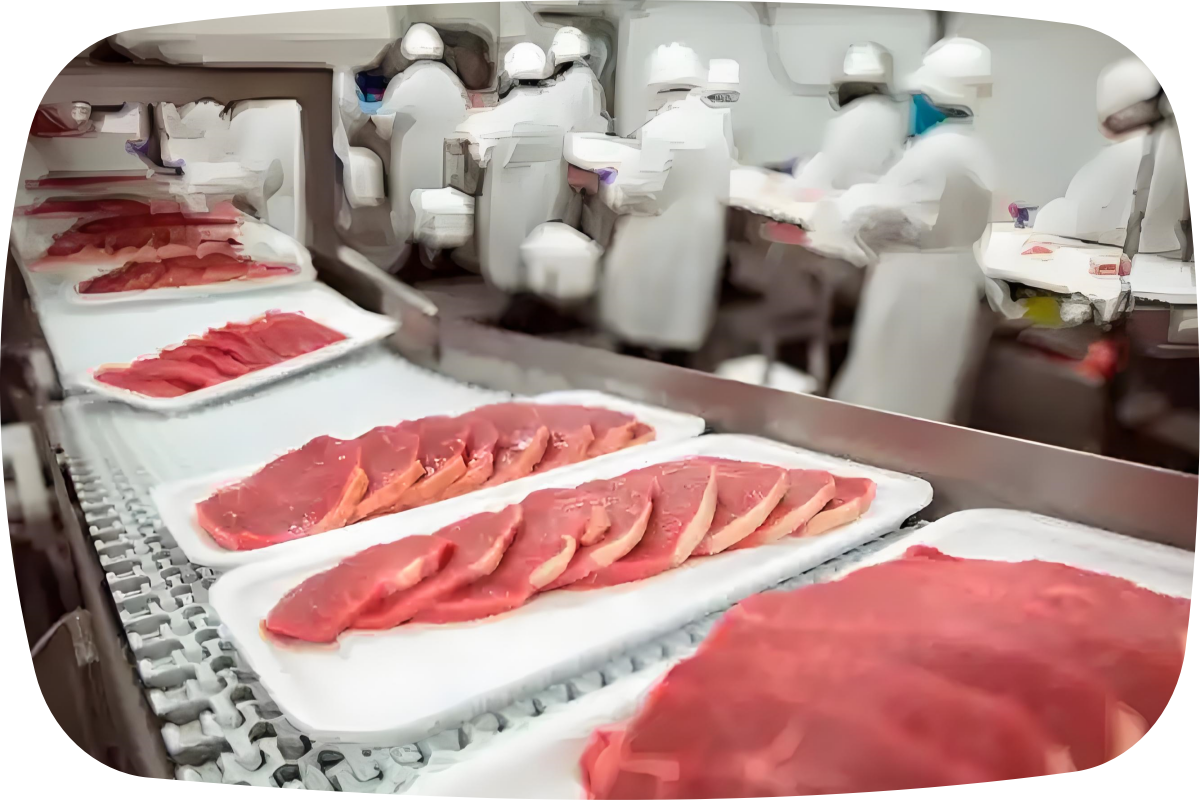Have you ever wondered: why does some food spoil early even though preservatives are added? Behind this lies a little secret about "preservative partners" — there are many types of preservatives and fresh-keeping agents in food, but each has its own "area of expertise". For example, some onlywork on specific bacteria. That’s why food manufacturers often "team up" two or more preservatives to achieve better anti-corrosion effects.
At the same time, did you know: sometimes "teammates" can hold each other back: if a preservative is used alone, it has excellent performance in its own area. But when mixed together, they end up being ineffective. Today, we’ll focus on a common preservative — nisin (short for Lactococcus lactis peptide) — and talk about the mistakes that can happen when it’s blended with other "partners".



1. Nisin VS Sulfites: Dosage and Timing Are Key
Experiments have shown that sulfites can affect nisin’s "fighting power". The more sulfites added, and the longer they interact with nisin, the worse nisin’s antibacterial effect becomes. However, there’s an exception: when the sulfite addition is controlled at 0.1‰, its impact on nisin is relatively small.
2. Nisin VS Chlorine Dioxide: A Small Amount Is Enough to "Neutralize" It
Chlorine dioxide has a significant impact on nisin. Experiments show that as long as the residual concentration of chlorine dioxide in food reaches 50 ppm (a very small amount, equivalent to adding 0.5 grams to 1 ton of water), it can completely render nisin ineffective. In other words, this "pair of partners" can’t work together at all — they "fail" as soon as they’re combined.
3. Nisin VS Potassium Sorbate & Sodium Dehydroacetate: Perfect "Teammates"
Unlike the previous two pairs, when nisin is used together with potassium sorbate and sodium dehydroacetate, they not only don’t hold each other back but also synergistically strengthen each other. Potassium sorbate and sodium dehydroacetate are particularly good at combating molds and yeasts, while nisin works well against Gram-positive bacteria. A mixture of them covers more "enemies" and provides more comprehensive anti-corrosion protection for food.
4. Nisin VS Sucrose Fermentate: A Surprising 1+1>2 Effect
This "pair of partners" brings a pleasant surprise when used together! Experiments show that when they’re used in combination, the antibacterial range (known as the inhibition zone) is much larger than when each is used alone. More importantly, when a single preservative is used, a large amount is needed to be effective — and excessive amounts may pose safety risks. But when the two are paired together, the dosage of each can be reduced, which not only improves safety but also enhances antibacterial effectiveness. This truly achieves the 1+1>2 effect.
Conclusion: Choosing the Right "Partners" Is the Key
In fact, "teaming up" preservatives is like building with blocks. Choosing the right "pieces" lets you build a stable "house", while the wrong ones may cause it to collapse. Some preservatives restrict each other when used together, greatly reducing anti-corrosion effects; others work synergistically to perform better. Therefore, in food production, it’s essential to carefully understand the "characteristics" of different preservatives, avoid "pitfalls", and use scientific blending methods.











